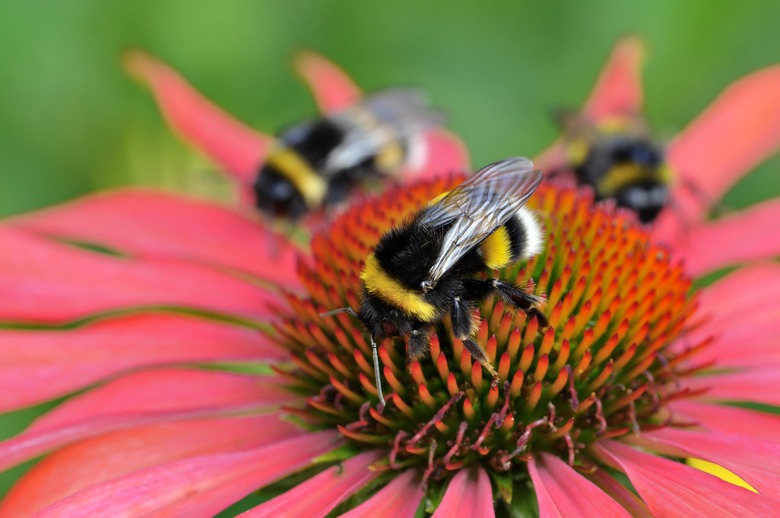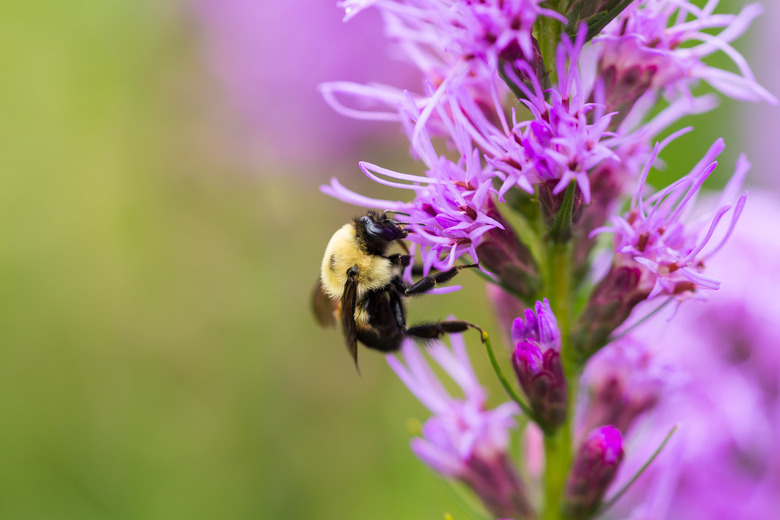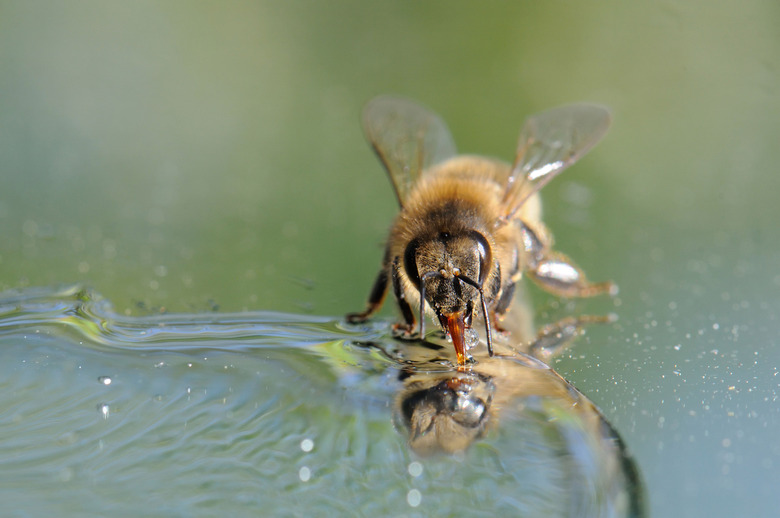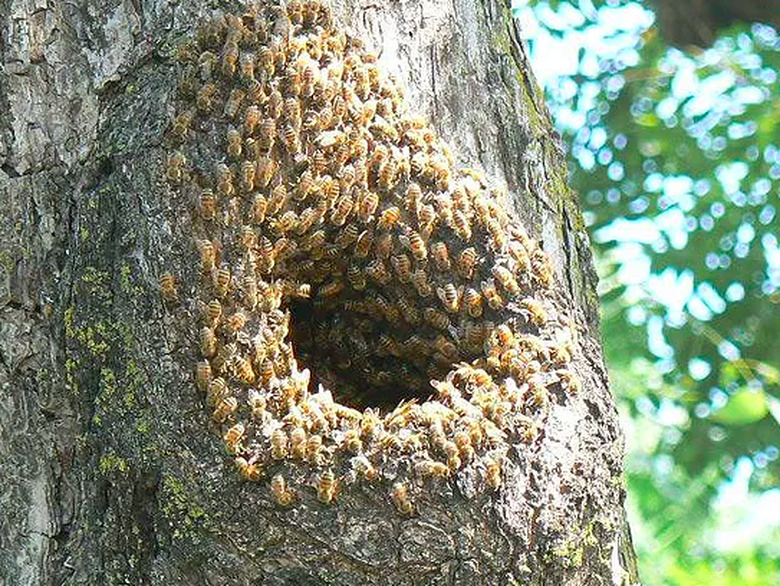Bee-Friendly Plants And Landscaping
When you understand the many ways that bees benefit the environment, you cannot help but recognize how important they are to the survival of life on planet Earth. Bees aren't the only pollinators in nature but they are by far the most important, and without them, most of the plants that humans and other animals rely on for food wouldn't be able to reproduce. North America is home to some 4,000 different species of bees, and they are responsible for the propagation of a long list of key crops that includes many species of nuts, berries, vegetables, grains and legumes. One third of the edible crops consumed by humans depend on pollination by bees for survival.
Bees are in danger. The honeybee population in the U.S. has declined by 40 percent since 2006, and in the U.K., the situation is even worse. Threats posed by insecticides—primarily neonicotinoids_—and parasites such as _Varroa destructo are partially responsible. However, one of the most important reasons for the die-off of bee colonies is the reduction in botanical diversity caused by monocultural farming practices and suburbanization. That's a trend that home gardeners can help reverse.
Honeybees receive the most attention. The sharp decline (50 percent in 10 years) in managed honeybee colonies has prompted the adoption of scientific terminology: Colony Collapse Disorder, or CCD. Honeybees are but one of the 4,000 species in North America, however, and some others are even more threatened. Four species of bumblebees, for example, have suffered a 90 percent decline in population since 1998. Because of their different anatomy, bumblebees and other solitary species can pollinate plants that honeybees can't and are important to consider when designing a bee-friendly landscape.
Inviting bees into your landscape is a win-win for the garden as well as for the environment in general. Like all living creatures, bees need food, water and shelter. Offer these and, as the saying goes, the bees will come. Your garden will flourish along with the bees, who will thrive and move on to spread the seeds of growth far and wide.
Grow Plants that Bees Love
Grow Plants that Bees Love
Bees feed on nectar and pollen and are attracted to the flowering plants that offer them. To keep the bees coming back throughout the year, your garden should feature plants that flower in different seasons. Although there is a long list of possibilities, the best choices for your garden depends on your climactic zone. Here are some tips for planting a bee-friendly garden:
- Focus on flowers with a sweet fragrance and with a single row of petals. Bees have a harder time extracting pollen from flowers double or triple blooms that have layered petals.
- Create a garden with a predominance of yellow, purple and blue flowers. Bees will visit other flowers, but they prefer these colors.
- Plant a combination of native species, such as clover, goldenrod and sage, to attract bumblebees and solitary bees.
- Add a selection of Old World species, such as lavender and lilac, to attract honeybees, which are not native to North America.
- Create clumps of flowers of a single species to maximize the amount of available pollen while reducing the flying time necessary to gather it.
- Include a few tubular flowers with wide openings for the bumblebees, which are actually better pollinators than honeybees and prefer the larger flowers.
Provide Water and Avoid Pesticides
Provide Water and Avoid Pesticides
Bees need water, and a simple way to provide it is to place a birdbath in the garden and keep it filled. Float a piece of wood in the water to provide a place for bees to land. Another simple way to keep bees hydrated is to place micro-sprinklers in strategic locations and set the timer so they spray periodically for a few minutes several times during the day. The bees will gather around the misting water whenever the sprinklers are on. If you're worried about over-watering your plants, consider placing a drip emitter in the soil and leaving it on so that it creates a muddy pool for the bees to enjoy.
Given the damage that pesticides have inflicted on the bee population, it goes without saying that you should avoid them. Use healthy, organic soil, and, if possible, choose plants that are resistant to disease and pests. Combat infestations with pesticide-free remedies, such as vinegar, soap or essential oils and water, whenever possible. If it is necessary to use a pesticide, use it only on plants that need it. Do not broadcast it over the entire garden.
Give the Bees Cover
Give the Bees Cover
You might like the look of an immaculately manicured garden, but it won't impress bees, who need a certain amount of wild growth in which to shelter. Native bee species, which are not social in the same way as honeybees, make nests in the ground, in plant stems or under piles of mulch. Provide bare patches of ground uncovered by weed barriers for these bees to dig their burrows.
It's also a good idea to provide one or more wooden bee dwellings or houses for more social bees to congregate. One simple way to do this is to drill a large number of holes in a large piece of wood, such as a section of a tree trunk, and suspend it in a shady spot. Bees like gardens with lots of sun, but they tend to make their nests in the shade, and honeybees in particular will appreciate a multi-room dwelling.
A pile of twigs in the corner of the yard can serve as shelter, as can any piece of weathered, unpainted wood. Decorating your landscape with small logs and leaving nearby trees untrimmed not only provides habitat for bees, it also adds charm. When the bees have a good place to nest, they are less likely to seek shelter in the walls of your house, but to be on the safe side, fill holes and caulk gaps in your siding to ensure they can't find a way in.



